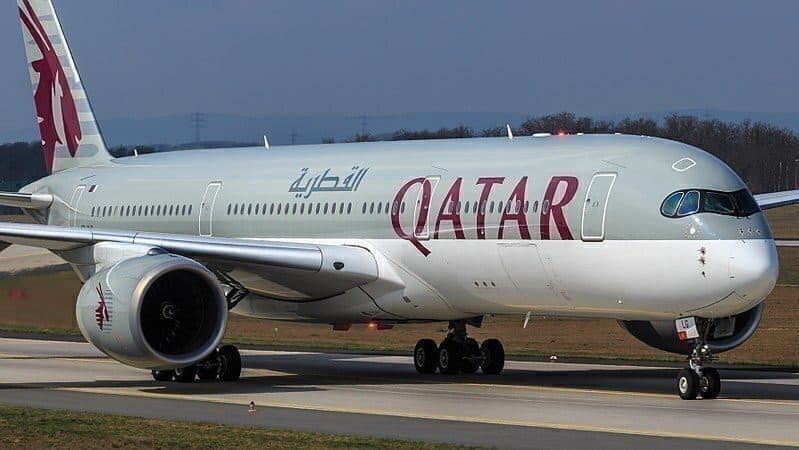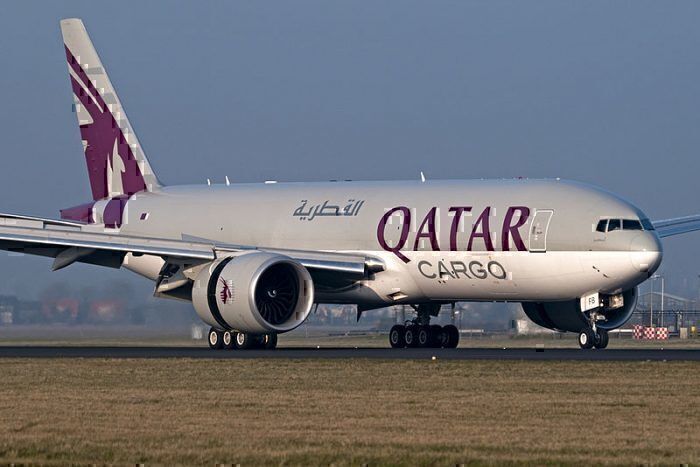Qatar Airways released its 2018/19 financial results yesterday, Wednesday, September 18, 2019. Its overall revenue grew 14% to USD$13.2 billion amid the ongoing Gulf blockade. Despite this, the Doha based airline posted a net loss of USD$639 million for the financial year ending 31 March 2019. In the 2017/18 financial year, Qatar Airways posted a net loss of USD$69 million.
The airline advised of the impending loss earlier in the year.
It has been a turbulent year for Qatar Airways dealing with what it calls the “continued illegal airspace blockade against the State of Qatar.” Nonetheless, the airline boasts that it is in good financial health and attributes the net loss to the loss of mature routes, higher fuel costs and foreign exchange fluctuations.
In a statement, Qatar Airways CEO, Akbar Al Baker, said;
“2018-19 was a year of achievement in the face of adversity for Qatar Airways... Our success is due to an unwavering belief in our strategy to give our passengers the very best, backed by the perseverance and hard work of our staff. I look forward to 2019-2020 with optimism and confidence that our growth will continue and we will serve even more countries around the world.”
Crunching the numbers
The 2018/19 Qatar Airways balance sheet reveals assets of USD$26,959,046,636 (down 1.5% on 2017/18), equity of USD$16,462,154,342 (down 9% on 2017/18) and liabilities of USD$10,496,892,294 (down 1.8% on 2017/18).
In addition to revenue growth, passengers numbers grew 1.1% to 29,484,000. Off this base, passenger revenue grew 14.3%. Available seat kilometres grew 13.5% to 231,094,000 kilometres. Cargo capacity grew 11.8%. 1,452,000 million tonnes of cargo was carried in 2018/19, fuelling an increase in cargo revenue of 16.8%.
Qatar Airways launched 11 new routes in the 2018/19 financial year including Da Nang, Gothenburg, and Mombasa. The airline grew its fleet by 25 aircraft and total fleet numbers are approximately 250. When taking into account options and letters of intent, Qatar Airways has more than 300 aircraft on order worth over USD$85 billion.
Employee numbers grew 2.3% to 45,685.
Some positive economic indicators
Despite the net losses, Akbar Al Baker has set the airline on a long term growth trajectory. Qatar Airways has seen solid growth across many of its key economic indicators in the last five years. Fleet size has grown by 57% to 250 which, in turn, has seen available seat kilometers grow 82.2% and total revenue grow by 40.8%
The airline is making less revenue per passenger than it was in 2014/15. To some extent, this has been offset by the success in its cargo operations which has grown by 89.9%. Qatar is now the world’s second-biggest cargo operator.
Looking to the future
Despite the revenue growth, the growth of the airline has seen its operating costs grow at a rate exceeding revenue growth. Some of this can be attributed to fleet growth and network expansion. Rising oil costs and foreign exchange fluctuations are factors beyond the control of any airline. The blockade imposed by Saudi Arabia, Bahrain, Egypt and the United Arab Emirates is now in its third year.
But Akbar Al Baker shows no signs of taking his foot off the accelerator. He plans further network expansions and has an enormous amount of aircraft on order. The challenge for Mr. Al Baker and his team is to roll this out, rein in costs, maintain revenue growth, and aim for a net profit.
Simple Flying has approached Qatar Airways for a comment regarding their 2018/19 financial statement but has received no response prior to publication.



